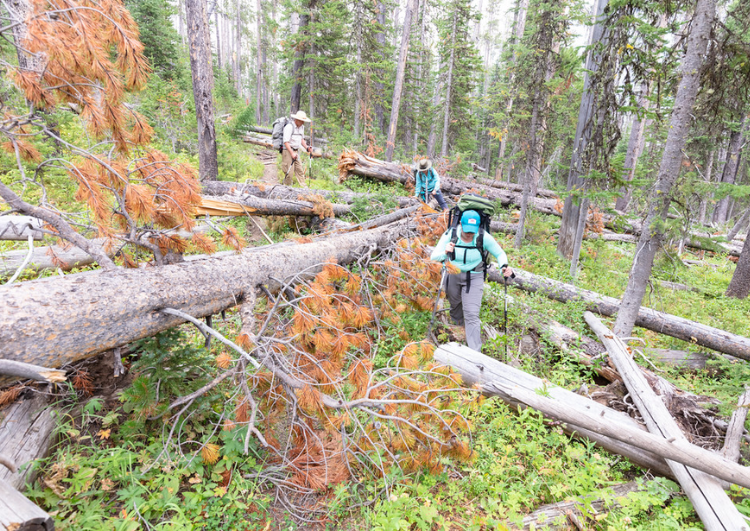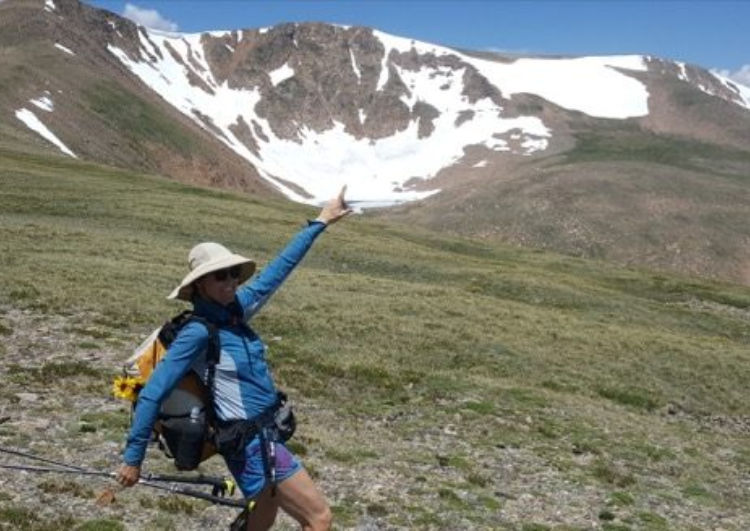
Shoshone National Forest is located in the state of Wyoming, USA. It covers a vast area in northwestern Wyoming, spanning over 2.4 million acres. It's one of the oldest national forests in the United States, established in 1891, and it's known for its stunning mountain landscapes, diverse wildlife, and recreational opportunities such as hiking, camping, and fishing.

Shoshone National Forest was established in 1891, making it one of the earliest national forests in the United States. It holds the distinction of being the first federally protected national forest in the country.

Shoshone National Forest was established by an act of Congress and signed into law by President Benjamin Harrison on March 30, 1891. It wasn't invented by a single individual but rather designated by the federal government as part of its efforts to conserve natural resources and provide recreational opportunities for the public.

Shoshone National Forest is named after the Shoshone Native American tribe, who have a significant historical presence in the region. The name "Shoshone" likely derives from the Shoshone word "sosoni'e," meaning "high-growing grass" or "those who travel on foot." The Shoshone people have inhabited the area for centuries, and their cultural heritage is intertwined with the land that comprises the national forest. The decision to name the forest after the Shoshone tribe reflects both the recognition of their historical connection to the land and the importance of honoring indigenous peoples in the naming of natural landmarks.




Shoshone National Forest offers a plethora of opportunities for hiking enthusiasts due to its diverse and stunning landscapes. Here are several reasons why it's a great destination for hikers:
1. **Varied Terrain:** The forest encompasses a wide range of terrain, including mountains, canyons, forests, lakes, and meadows. This variety provides hikers with diverse trails to explore, from easy walks through scenic meadows to challenging treks up rugged mountain peaks.
2. **Scenic Beauty:** Hikers in Shoshone National Forest are treated to breathtaking scenery at every turn. They can enjoy panoramic views of towering mountain ranges, cascading waterfalls, pristine lakes, and lush forests, making every hike a memorable experience.
3. **Abundant Wildlife:** The forest is home to a diverse array of wildlife, including elk, deer, moose, bears, wolves, and numerous bird species. Hikers may have the opportunity to observe these animals in their natural habitats, adding an exciting element to their outdoor adventures.
4. **Remote Wilderness:** While some areas of the forest are easily accessible, others are more remote and offer a true wilderness experience. Hikers seeking solitude and solitude can venture into these backcountry areas, where they can immerse themselves in nature and escape the hustle and bustle of everyday life.
5. **Trail Options:** Shoshone National Forest boasts an extensive network of hiking trails catering to hikers of all skill levels. Whether you're looking for a short day hike or a multi-day backpacking adventure, you'll find plenty of options to suit your preferences and abilities.
6. **Outdoor Recreation:** In addition to hiking, the forest offers a wide range of other outdoor recreational activities, including camping, fishing, horseback riding, and wildlife viewing. Hikers can easily combine their hiking trips with other outdoor pursuits to make the most of their time in the forest.
Overall, Shoshone National Forest's stunning scenery, diverse terrain, abundant wildlife, and extensive trail system make it an ideal destination for hiking lovers seeking adventure and exploration in the great outdoors.







While Shoshone National Forest offers hiking opportunities throughout the year, the best time for hiking can vary depending on individual preferences and the specific trails you plan to explore. Here's a breakdown of hiking conditions during different seasons:
1. **Spring (March to May):** Spring is a beautiful time to hike in Shoshone National Forest as the snow begins to melt, and wildflowers start to bloom. However, some higher elevation trails may still be snow-covered or muddy during this time, so it's essential to check trail conditions before heading out.
2. **Summer (June to August):** Summer is the most popular time for hiking in the forest, as the weather is typically warm and dry, and most trails are snow-free and easily accessible. Hikers can enjoy long daylight hours and a plethora of wildflowers in bloom. However, popular trails may be crowded during peak summer months.
3. **Fall (September to November):** Fall is another excellent time for hiking in Shoshone National Forest, with cooler temperatures and vibrant fall foliage painting the landscape. The crowds thin out compared to summer, making it an ideal time to enjoy the tranquility of the forest.
4. **Winter (December to February):** Winter hiking in Shoshone National Forest offers a unique and serene experience, with snow-covered landscapes and peaceful trails. However, winter conditions can be challenging, especially at higher elevations, and some trails may be inaccessible or require special equipment such as snowshoes or crampons.
Ultimately, the best time for hiking in Shoshone National Forest depends on your personal preferences, desired trail conditions, and the type of experience you're seeking. Regardless of the season, always check weather forecasts and trail conditions before embarking on a hike, and make sure to dress appropriately and carry essential gear for safety.